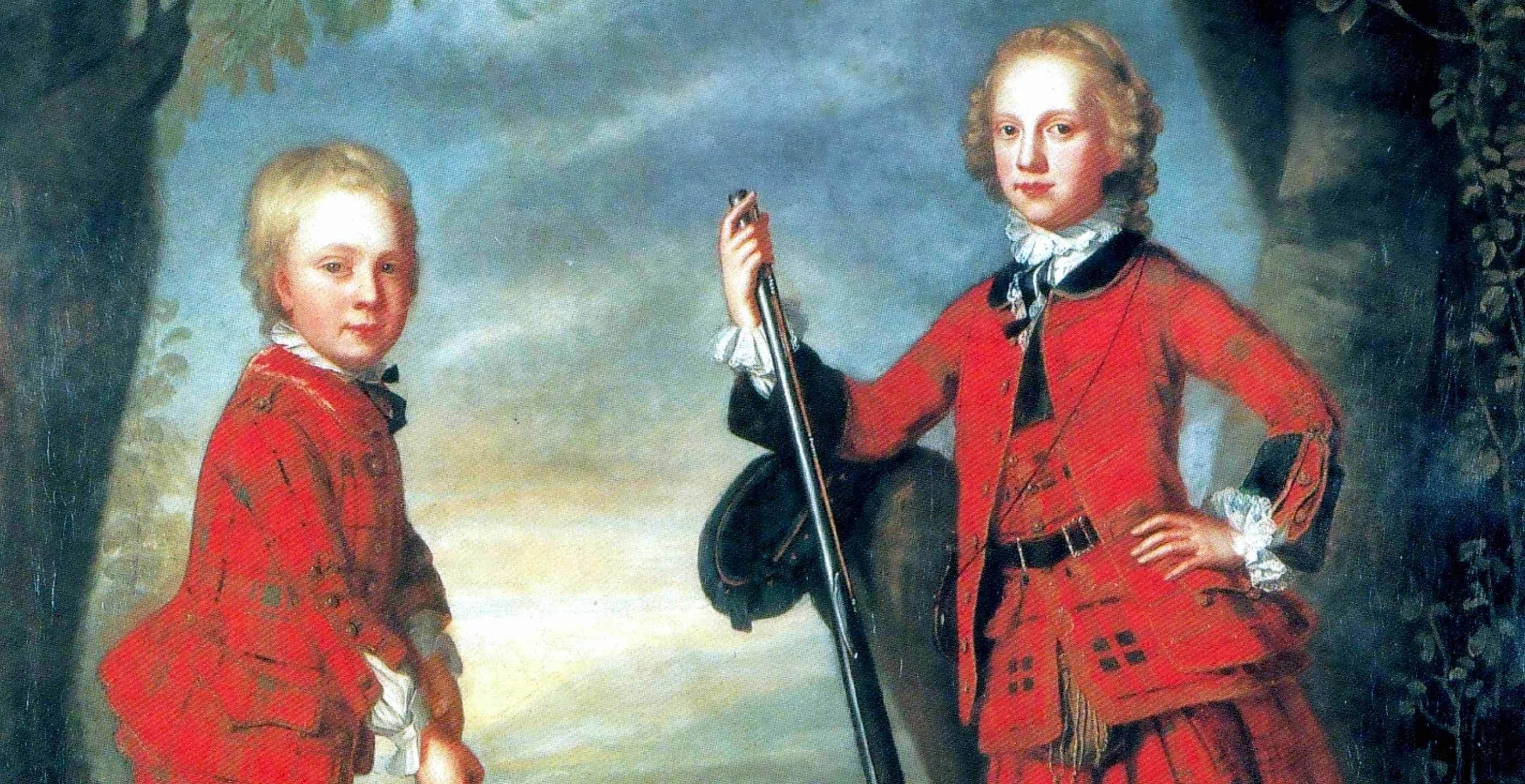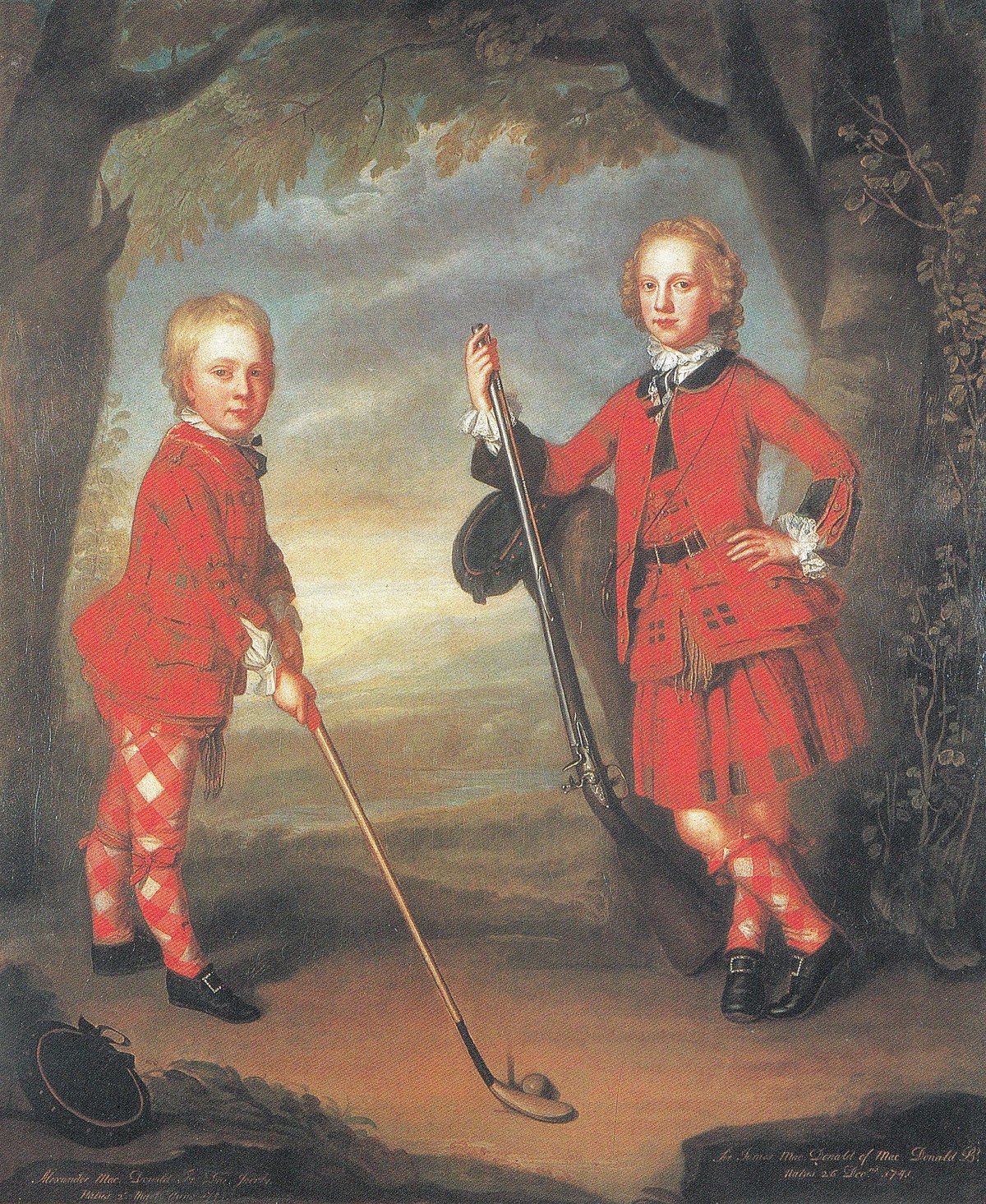As an Amazon Associate, I earn from qualifying purchases.
Golf originated in Scotland during the 15th century. It quickly gained popularity among Scottish nobility and commoners alike.
Golf’s rich history dates back to the rugged coastlines of Scotland. The game involved hitting a pebble with a stick along natural sand dunes and rabbit tracks. Over time, it evolved into the game we recognize today. The first recorded mention of golf was in 1457, when King James II of Scotland banned it to encourage archery practice instead.
Golf courses and clubs began to form in the 18th century, solidifying its rules and standards. Today, golf is a global sport enjoyed by millions, retaining its deep Scottish roots while continually evolving.
Early Beginnings Of Golf
The origins of golf are shrouded in mystery. This fascinating game has evolved over centuries. Let’s explore the early beginnings of golf.
Scotland: The Cradle Of Golf
Many believe that golf originated in Scotland. Historical records support this. The game was played on the eastern coast of Scotland in the 15th century.
The first documented mention of golf is from 1457. Scottish King James II banned the game. He felt it distracted soldiers from archery practice. This act shows golf’s popularity even then.
By the 16th century, golf had royal approval. King James IV became a fan of the game. This royal endorsement helped golf’s growth in Scotland.
Ancient Games And Golf’s Ancestors
Golf’s history may be older than Scotland. Several ancient games resemble golf. These games were played in different parts of the world.
Paganica was an ancient Roman game. Players used a bent stick to hit a leather ball. This game might be an early form of golf.
The Chinese also played a game called Chuiwan. It involved hitting a ball into a hole using a club. This game dates back to the Tang Dynasty (618-907 AD).
In the Netherlands, a game called Kolf was popular. Played in the 13th century, it used a stick and ball. The game aimed to hit a target, similar to golf.
These ancient games show that the idea of hitting a ball with a stick is old. While Scotland is the birthplace of modern golf, its ancestors come from various cultures.

Credit: www.historic-uk.com
The Spread Of Golf
Golf, a beloved sport, has a rich history. Its origins lie in Scotland. From there, it spread far and wide. Let’s explore how golf reached different parts of the world.
From Scotland To The British Isles
Golf began in Scotland in the 15th century. Soon, the sport gained popularity. The British Isles quickly embraced it.
The first golf courses appeared in England. Ireland and Wales followed suit. By the 17th century, golf was well-established. The game had become a favorite pastime.
- Scotland: Birthplace of golf, 15th century
- England: Early adopters of the sport
- Ireland: Developed its own courses
- Wales: Joined the golf trend
Golf Across The Pond: Arrival In America
Golf crossed the Atlantic in the late 19th century. Scottish immigrants brought the game to the United States.
In 1888, the first American golf club was founded. This was in Yonkers, New York. The club was called Saint Andrew’s Golf Club.
By the early 20th century, golf clubs spread across America. The sport became very popular. Professional tournaments soon followed.
- 1888: Saint Andrew’s Golf Club founded
- 1894: USGA (United States Golf Association) formed
- Early 1900s: Golf spreads nationwide
- 1934: First Masters Tournament held
Today, golf is a global sport. It all started from humble beginnings in Scotland.
Golf’s Evolution Through The Ages
Golf has a long and storied history. Its roots trace back centuries. The game has evolved significantly. From primitive beginnings to a sophisticated sport, golf has come a long way. Let’s explore its fascinating journey.
The Development Of The Golf Ball
The golf ball has seen many changes. Early balls were made of wood. These wooden balls were heavy and didn’t fly far.
In the 17th century, featherie balls appeared. These were leather pouches stuffed with feathers. They performed better but were expensive and delicate.
The 19th century brought gutta-percha balls. Made from tree sap, these were more durable. They also offered better performance.
Modern golf balls feature multiple layers. They use advanced materials for optimal performance. Today’s balls maximize distance and control.
The Birth Of The Golf Course
Early golf was played on natural landscapes. Players used sheep-grazed fields and sand dunes. These courses were rugged and unpredictable.
The first formal golf course appeared in Scotland. St Andrews Links is known as the “Home of Golf.” It set the standard for future courses.
Courses evolved to include manicured greens and fairways. Designers introduced bunkers, water hazards, and varied terrain. This added challenge and strategy to the game.
Today, golf courses are meticulously planned. They blend natural beauty with playability. Modern courses cater to players of all skill levels.

Credit: golf.com
Notable Golf Milestones
The history of golf is filled with important moments. These milestones shaped the sport we love today. Let’s explore some key events that marked the evolution of golf.
The First Golf Tournaments
The first golf tournaments were held in Scotland. In 1744, the Honourable Company of Edinburgh Golfers organized the first recorded competition. The tournament took place at Leith Links in Edinburgh.
The winner received a silver club as a prize. This event marked the beginning of organized golf competitions. Later, in 1860, the first Open Championship was held at Prestwick Golf Club. This tournament is known today as The Open or the British Open.
The Rise Of Professional Golf
Professional golf began to rise in the late 19th century. The first professional golfers were often club makers and caddies. They started competing in tournaments for money.
In 1895, the U.S. Open was established. This event helped professional golf gain popularity in America. By the early 20th century, professional golf tours and associations were formed. The PGA Tour was established in 1929. It became the main tour for professional golfers in the United States.
These milestones laid the foundation for the global sport of golf. Today, golf is enjoyed by millions worldwide.
Golf Equipment: A Historical Perspective
Golf’s rich history includes fascinating developments in equipment. From primitive clubs to modern gear, the evolution is remarkable. This section explores the journey of golf equipment through the ages.
The Evolution Of Golf Clubs
Early golf clubs were made from wood. The 15th-century Scots used beech or thornwood for clubheads. Shafts were often made from ash or hazel. The 19th century saw metal clubheads gain popularity. Iron clubs emerged, providing better control and distance.
By the 20th century, steel shafts replaced wooden ones. This change improved durability and performance. In the late 20th century, graphite shafts became popular. Graphite is lighter and allows faster swings.
| Era | Clubhead Material | Shaft Material |
|---|---|---|
| 15th Century | Wood | Wood |
| 19th Century | Iron | Wood |
| 20th Century | Metal | Steel |
| Late 20th Century | Metal | Graphite |
Innovations In Golf Gear
Golf gear has seen many innovations over the years. Golf balls started as wooden spheres. By the 17th century, they were made from feather-stuffed leather. The 19th century introduced gutta-percha balls. These were more durable and provided better flight.
In the 20th century, rubber-core balls became standard. These balls offered better performance and distance. Modern balls have multi-layer constructions. This design enhances control and spin.
Another key innovation is the golf tee. Early golfers used sand piles to elevate the ball. The late 19th century saw the introduction of the wooden tee. Modern tees are often made from plastic or biodegradable materials.
- Golf balls: From wooden spheres to multi-layer designs.
- Golf tees: From sand piles to modern materials.
These innovations have transformed the game. Today’s equipment enhances player performance and enjoyment.
Golf’s Cultural Impact
Golf has not only shaped sports but also influenced culture. It appears in books, movies, and everyday life. This section explores how golf impacts literature, film, and social interactions.
Golf In Literature And Film
Golf has made a significant mark in literature. Many authors use golf to build characters and settings. F. Scott Fitzgerald’s “The Great Gatsby” is a prime example. The sport symbolizes wealth and status.
In film, golf also plays a notable role. Movies like “Caddyshack” and “Happy Gilmore” bring golf into popular culture. These films highlight the sport’s humor and drama.
Golf As A Social Phenomenon
Golf is more than a game; it’s a social activity. People often use golf to network and build relationships. Businesses hold meetings on the golf course.
Golf clubs also serve as social hubs. These venues offer a place for people to gather and socialize. They organize events, tournaments, and social gatherings.
Challenges And Controversies
Golf is a beloved sport with a rich history. Yet, it faces some challenges and controversies. These issues range from environmental concerns to gender inequality. Let’s explore these topics in detail.
Golf And Environmental Concerns
Golf courses require large areas of land. They often replace natural habitats. This impacts local wildlife.
Maintaining golf courses also needs a lot of water. This can lead to water shortages. Fertilizers and pesticides used on courses can pollute water sources.
Some golf clubs are working to be more eco-friendly. They use less water and fewer chemicals. They also plant native plants to support local wildlife.
Exclusive Clubs And Gender Issues
Many golf clubs have exclusive memberships. These clubs can be very expensive. This makes golf less accessible to many people.
Historically, some clubs did not allow women. This has led to gender inequality in the sport.
Some clubs are changing their policies. They are now allowing women members. This is a step towards gender equality in golf.
Despite these changes, there is still work to be done. More clubs need to be inclusive. This will help the sport grow and become more diverse.
The Future Of Golf
The future of golf is bright and full of potential. Advancements in technology and growing global interest promise exciting changes. Let’s explore what’s ahead for this beloved sport.
Technological Advances In Golf
Technology is transforming golf in numerous ways. Smart clubs and advanced swing analyzers are becoming common. Golfers now benefit from real-time feedback and data-driven insights.
Virtual reality (VR) and augmented reality (AR) offer immersive training experiences. Players can practice on famous courses without leaving home. This makes golf more accessible to everyone.
GPS rangefinders and smart golf balls are also enhancing the game. They provide accurate distance measurements and track ball performance. These tools help players improve their skills quickly.
Golf’s Growing Global Popularity
Golf is gaining fans worldwide. More countries are building courses and hosting tournaments. This growth is making the sport more diverse and inclusive.
Asia and Africa are seeing a surge in golf interest. New talents are emerging from these regions, adding excitement to global competitions.
Youth programs and community initiatives are encouraging young players. These efforts are vital for the sport’s future. They ensure a steady stream of new talent and fresh perspectives.
The rise of social media is also playing a significant role. It allows players to share their experiences and connect with fans. This increased visibility helps promote the sport to a broader audience.
| Region | Golf Growth Rate | Key Initiatives |
|---|---|---|
| Asia | High | Youth programs, New courses |
| Africa | Medium | Community initiatives, Emerging talents |
The future of golf is promising. Technological advances and global popularity are driving the sport forward. Golf is evolving, and fans around the world are excited to see what’s next.

Credit: en.wikipedia.org
Frequently Asked Questions
Where Was The Origin Of Golf?
Golf originated in Scotland. The game was first played in the 15th century. Scottish shepherds hit stones into rabbit holes, creating the earliest form of the sport.
Why Are There 18 Holes In Golf?
Golf has 18 holes because the Old Course at St Andrews set this standard in 1764. This tradition continues worldwide.
Where Did American Golf Originate?
American golf originated in Charleston, South Carolina. The first golf club, Charleston Green, was established in 1786. Golf grew rapidly in the U. S.
Did The Game Of Golf Start In Scotland?
Yes, golf started in Scotland. The game originated in the 15th century. Scotland is known as the birthplace of golf.
Conclusion
Golf’s rich history showcases its evolution from ancient games to the modern sport we love. Scotland’s influence remains vital. Understanding golf’s origins deepens our appreciation for its timeless appeal. Whether you’re a seasoned player or a curious beginner, knowing its roots enhances your connection to the game.
Enjoy every round!
As an Amazon Associate, I earn from qualifying purchases.


